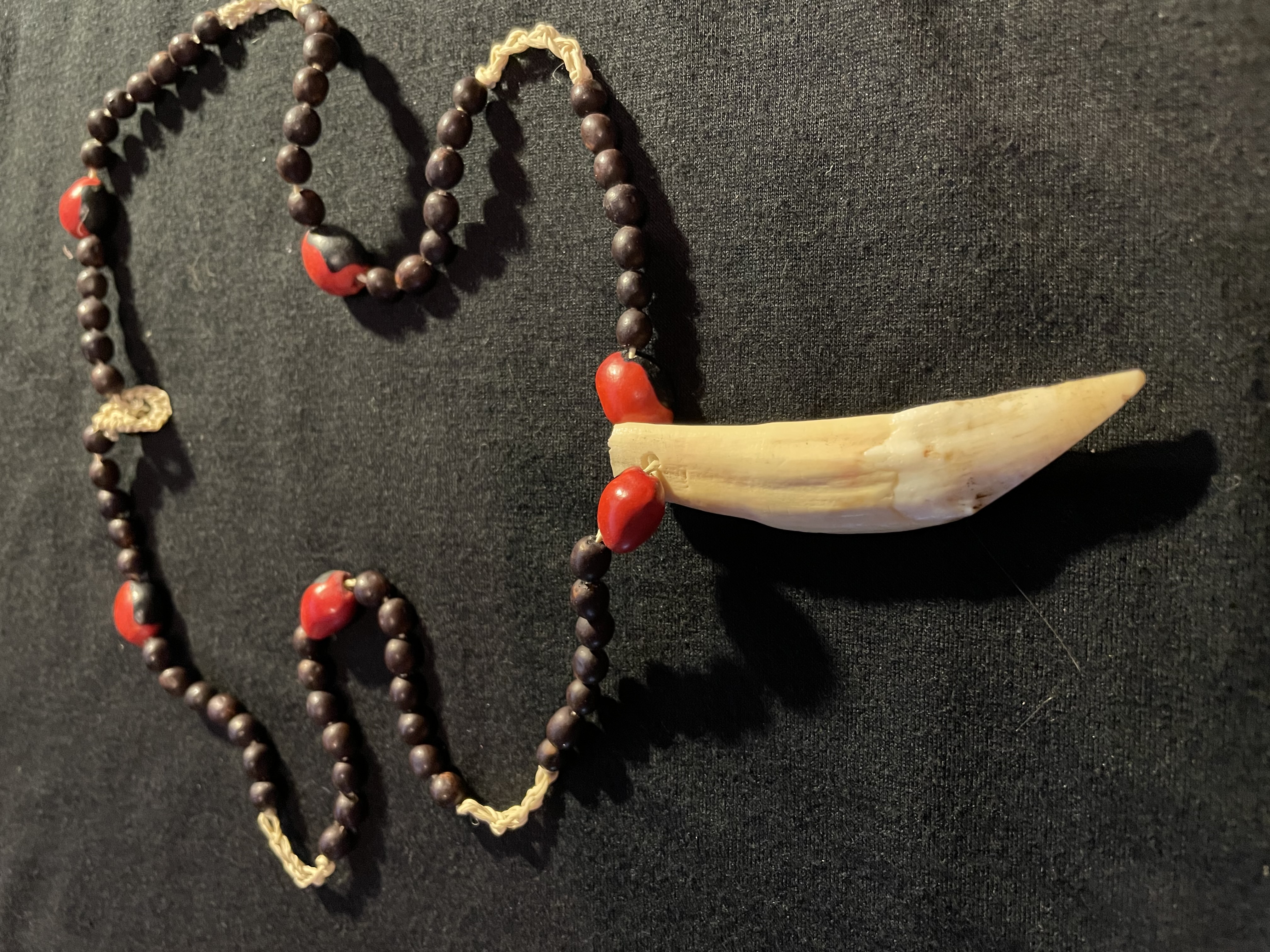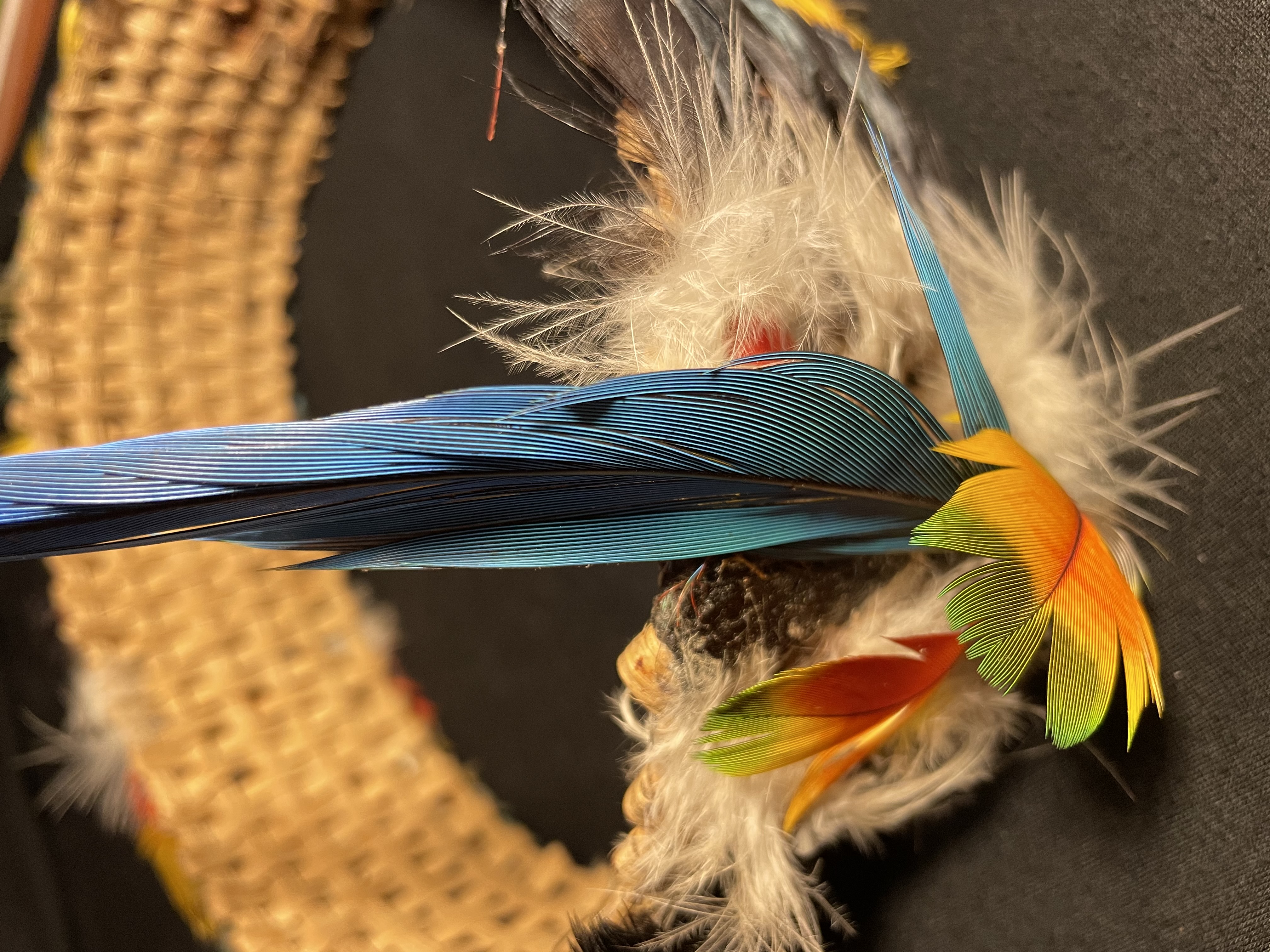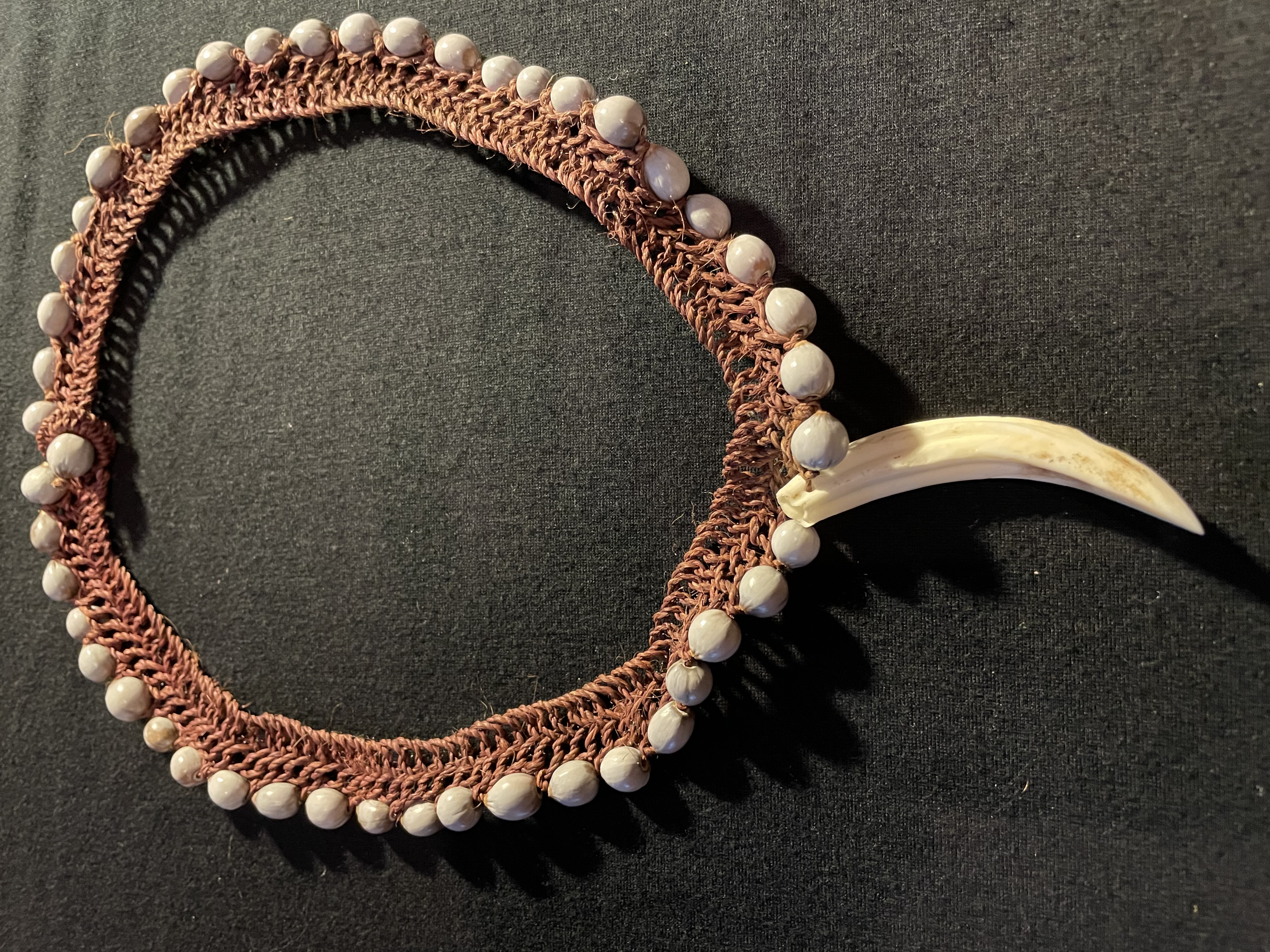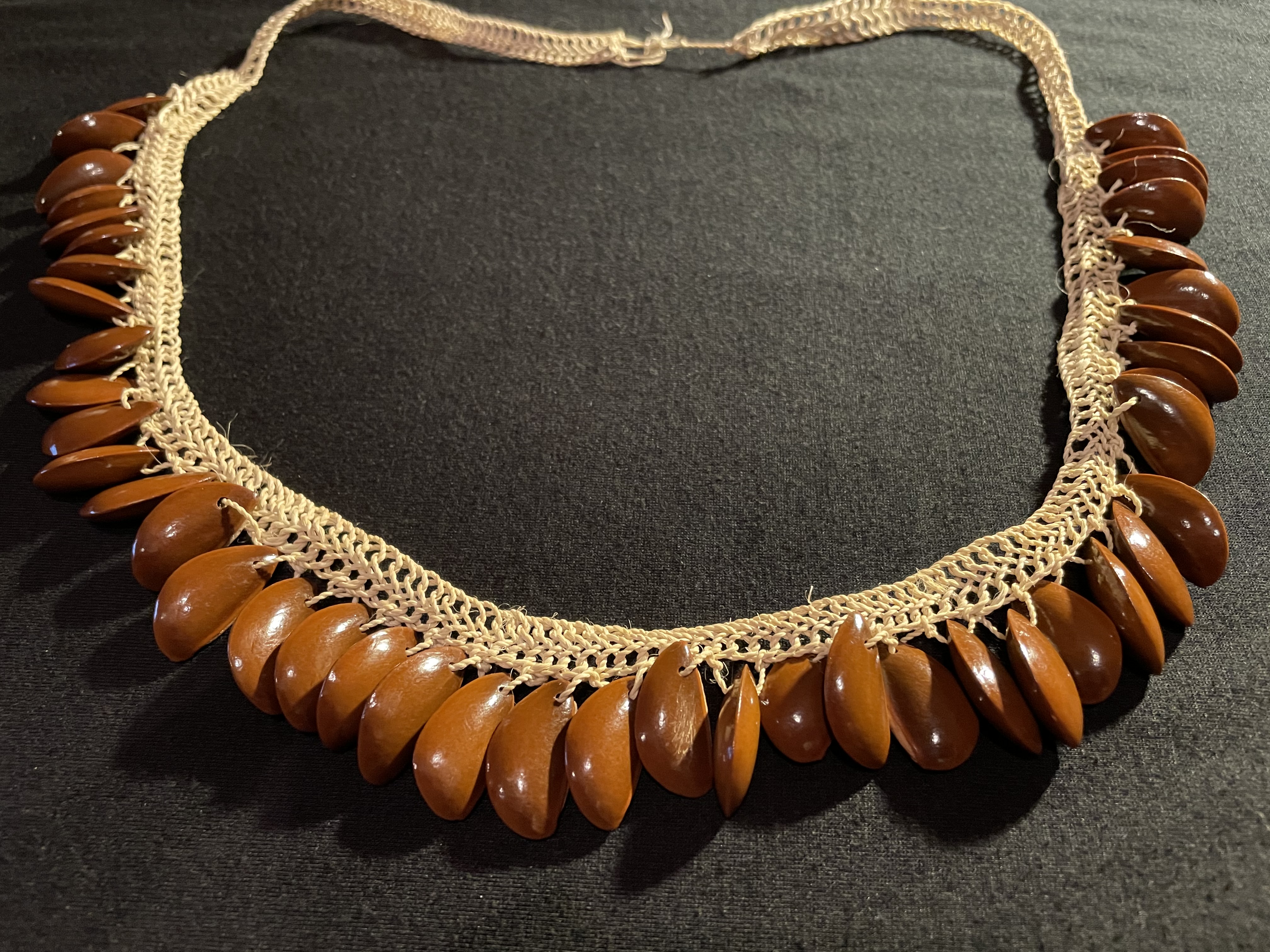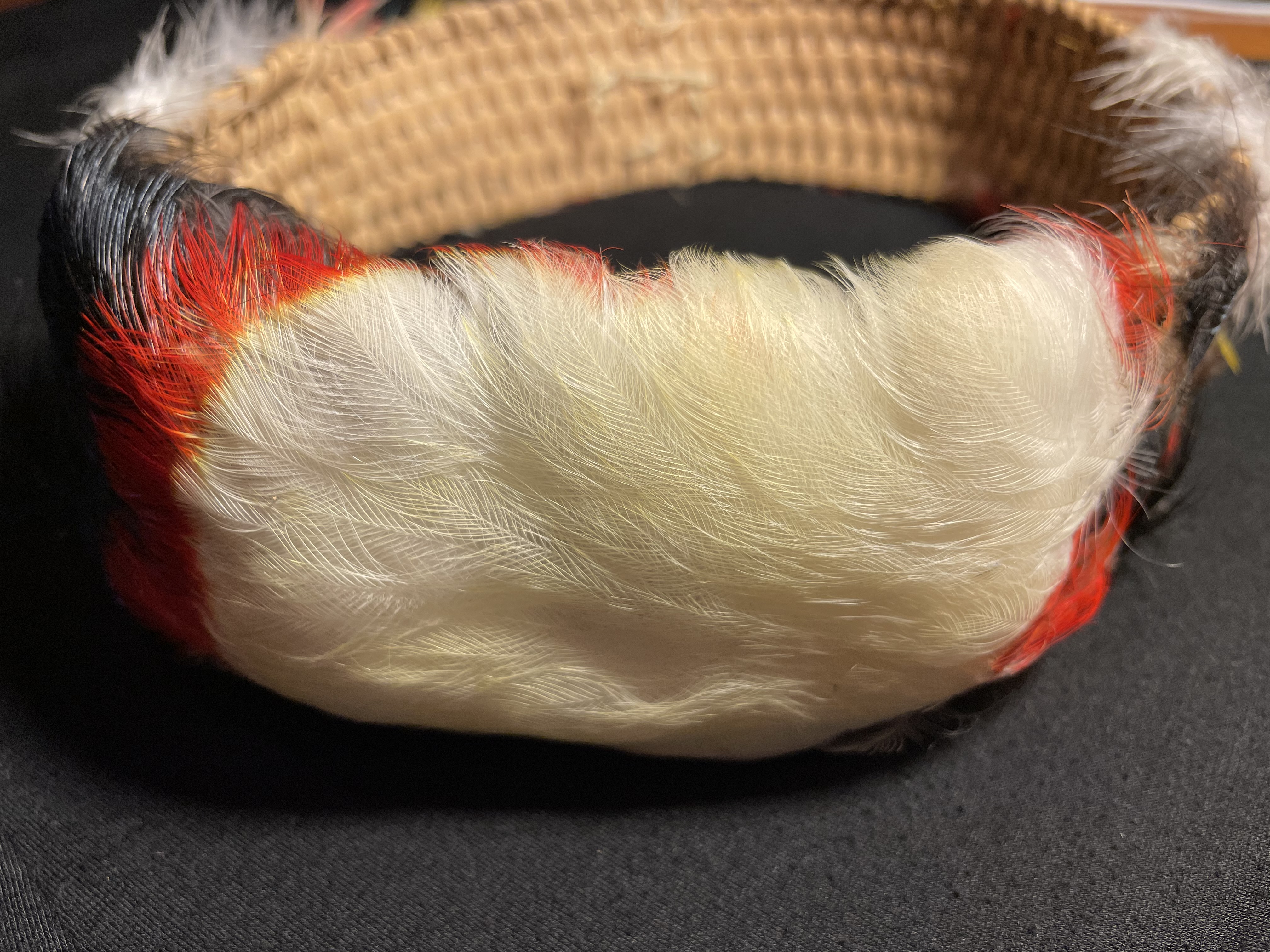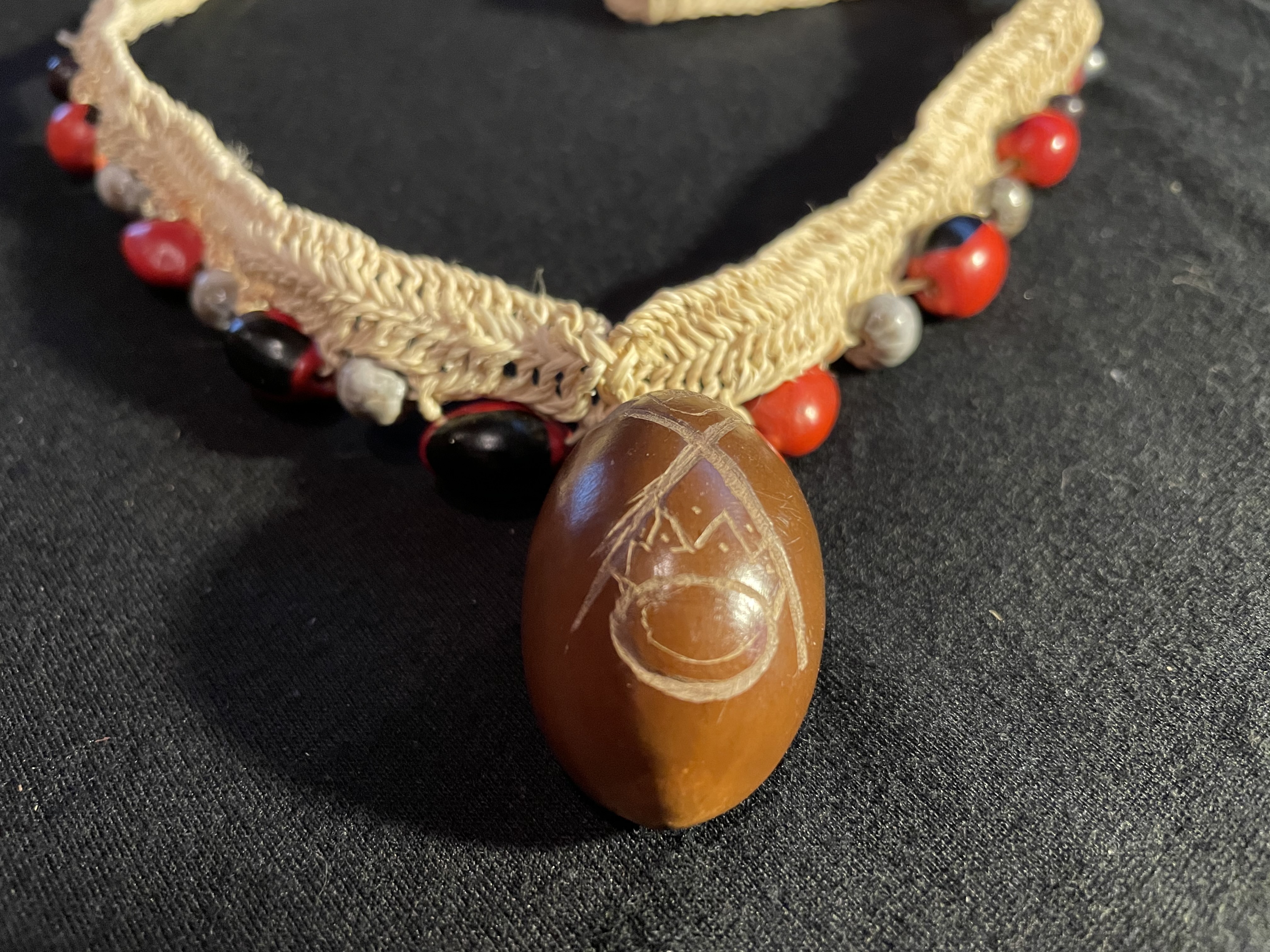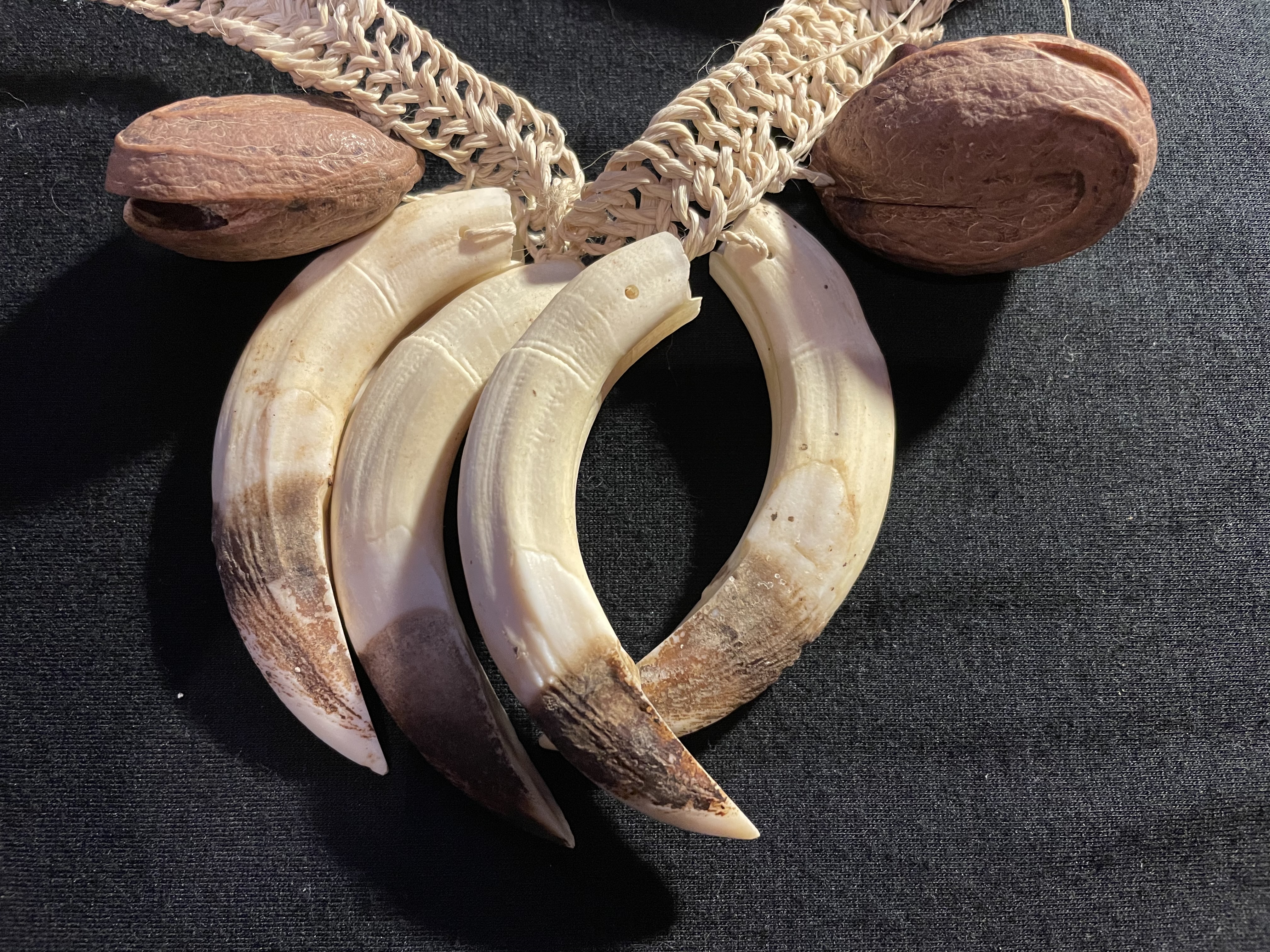Dr. Flora Lu
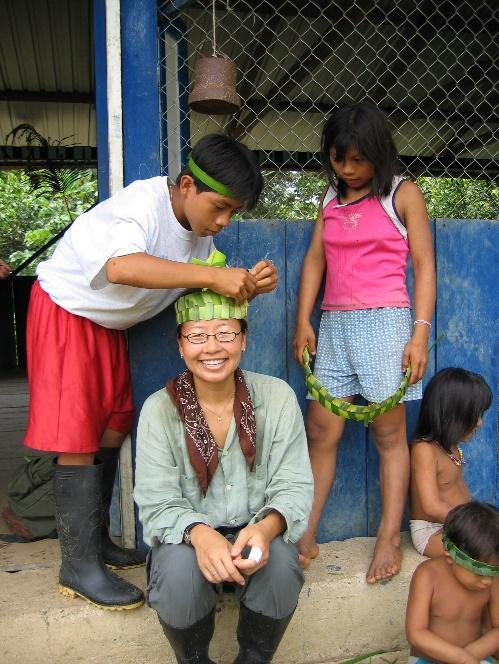 To Dr. Flora Lu, being a naturalist is being awed by the more-than-human world, and dedicating brain power and undivided attention into turning that fascination into meaning, process, and pattern. Flora is not very comfortable with calling herself a naturalist because she has spent time among the Waorani, who exemplify the concept. Sometimes Native Amazonians’ relationship to their environment is framed in functional ways, emphasizing how they need to learn about the plants and animals because their subsistence and survival depend on it. That’s true, but incomplete. They take so much pleasure and delight in their forests, rivers, gardens, etc. The Waorani talk endlessly about what they noticed when walking through the forest—they are hyper observant, incredibly curious and exemplify being a naturalist.
To Dr. Flora Lu, being a naturalist is being awed by the more-than-human world, and dedicating brain power and undivided attention into turning that fascination into meaning, process, and pattern. Flora is not very comfortable with calling herself a naturalist because she has spent time among the Waorani, who exemplify the concept. Sometimes Native Amazonians’ relationship to their environment is framed in functional ways, emphasizing how they need to learn about the plants and animals because their subsistence and survival depend on it. That’s true, but incomplete. They take so much pleasure and delight in their forests, rivers, gardens, etc. The Waorani talk endlessly about what they noticed when walking through the forest—they are hyper observant, incredibly curious and exemplify being a naturalist.
Dr. Lu is originally from Taiwan, but eventually moved to Rosemead, CA when she was only a few years old. She is now a professor at the Environmental Studies Department at UC Santa Cruz focusing on Amazonian human ecology. Although Los Angeles’ San Gabriel Valley may not be thought of a place for naturalists because of a lack of greenspace, Dr. Lu’s childhood home had yards in the front and back that seemed relatively large as she was growing up. That was the site of her burgeoning interest in the natural world—digging for insects with pet chickens gifted from her uncle at Easter, raising Peach-faced lovebird chicks by hand, and accompanying a pet rabbit rescued from a CSU lab when her mother was a graduate Chemistry student.
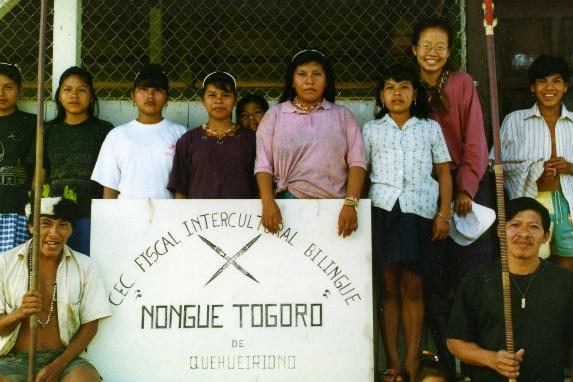 Dr. Flora Lu thinks it can be hard for newcomers to identify as naturalists because the term can vary from group to group and have different implications. In Santa Cruz, Flora most enjoys being able to pass on her knowledge to new students that are curious about human-earth interactions. Her most memorable moment in the field was during her dissertation research in the Ecuadorian Amazon, specifically spending time getting to know Waorani communities along the Shiripuno River. Flora thinks that in order to expand the naturalists community we need naturalists need to understand what or who a naturalist is needs to be more inductive, bottom up, rather than top down. The term “naturalist” as it is now may need to be envisioned while keeping to role of intersectional backgrounds in mind.
Dr. Flora Lu thinks it can be hard for newcomers to identify as naturalists because the term can vary from group to group and have different implications. In Santa Cruz, Flora most enjoys being able to pass on her knowledge to new students that are curious about human-earth interactions. Her most memorable moment in the field was during her dissertation research in the Ecuadorian Amazon, specifically spending time getting to know Waorani communities along the Shiripuno River. Flora thinks that in order to expand the naturalists community we need naturalists need to understand what or who a naturalist is needs to be more inductive, bottom up, rather than top down. The term “naturalist” as it is now may need to be envisioned while keeping to role of intersectional backgrounds in mind.
Indigenous Waorani Artifacts Photographed by Dr. Lu

